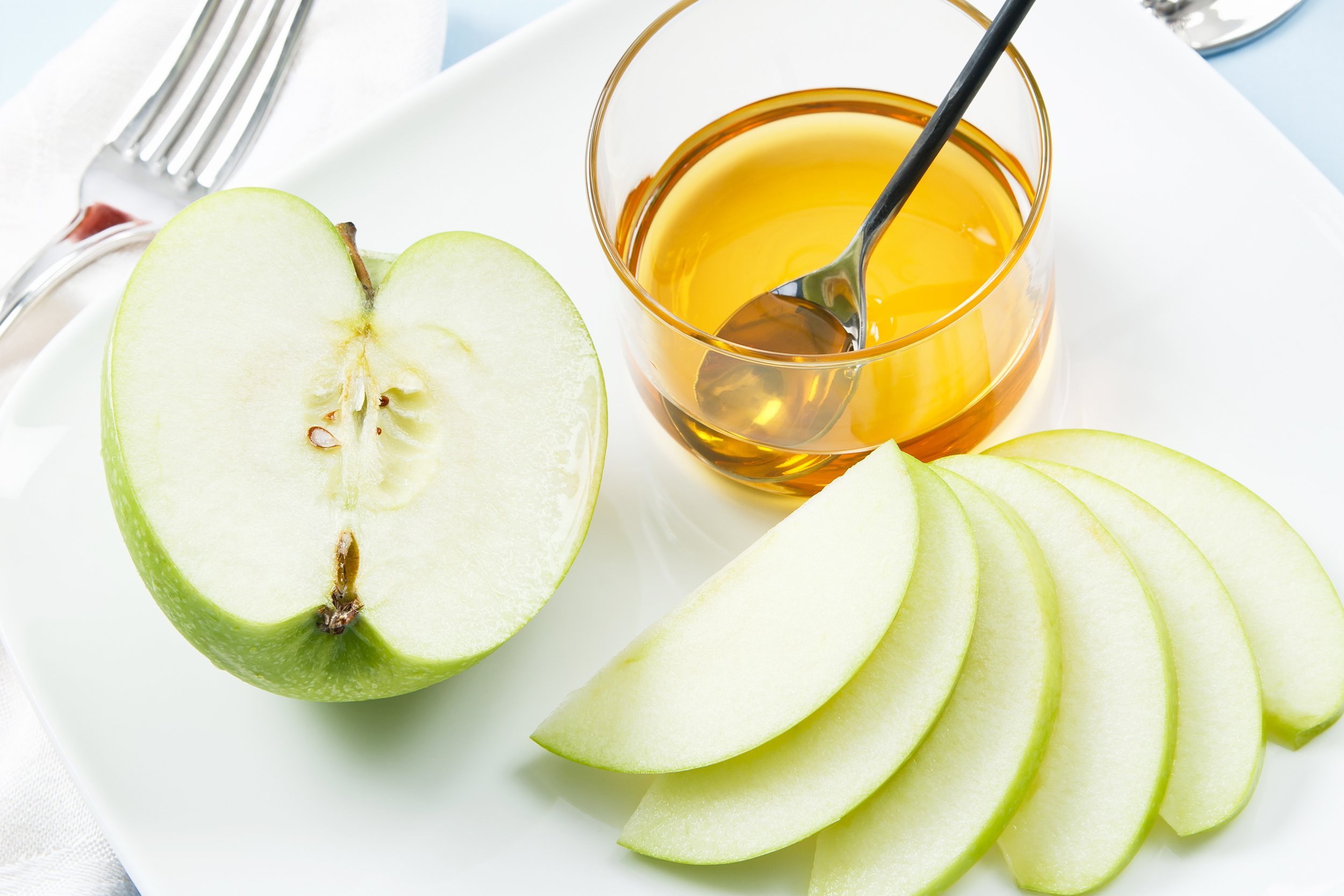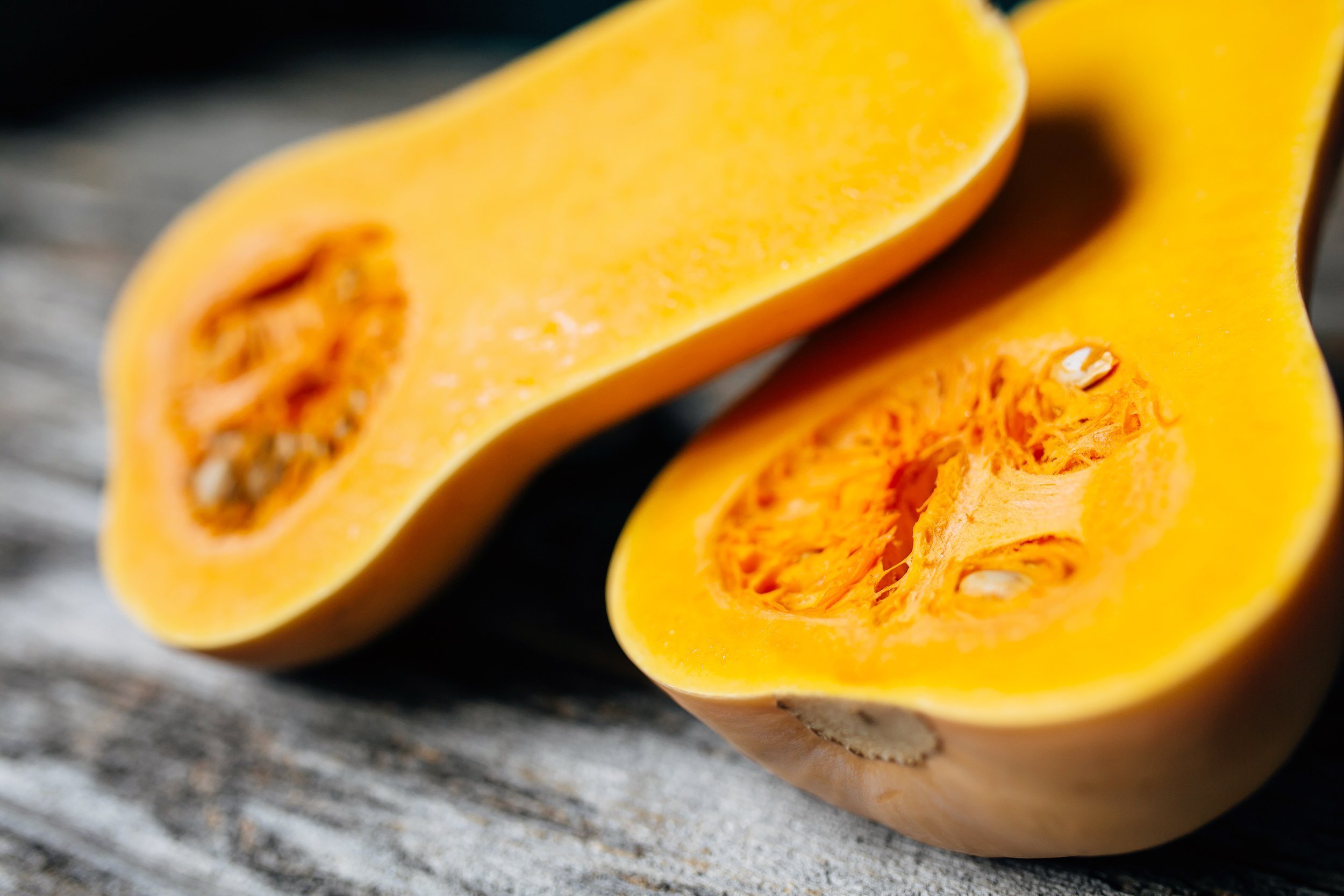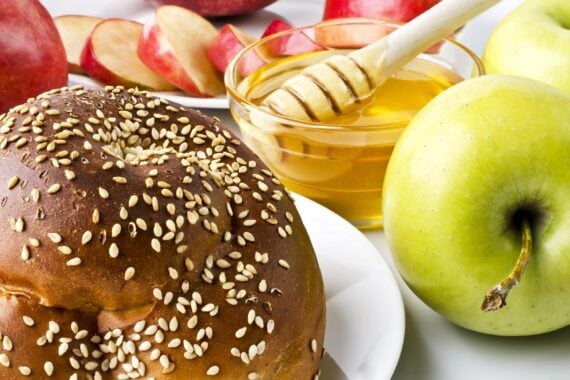Jewish tradition calls for incorporating special foods into the festive Rosh Hashanah meal. Each has a symbolic meaning, often based on wordplay, that draws attention to the prayers and intentions associated with the holiday celebrating the Jewish New Year. Building a menu around these ingredients is a creative way to incorporate different flavors and mindful eating practices. Most are inexpensive and seasonal and offer a change of pace from the usual brisket and matzo ball soup.
APPLES AND HONEY

Typically enjoyed with apples, a reminder of Paradise, honey represents the sweetness and joy people wish for each other and themselves in the coming year. A flight of different honeys alongside sliced fruit takes this tradition from tried-and-true to modern and foodie-friendly. Of course, whipping up a honey and apple cake for dessert, with instructions from the food blogger Tori Avey, is also an option.
ROUND CHALLAH

Braided challah typically is served at Sabbath meals and other Jewish celebrations. A circular or spiral shape used on Rosh Hashanah symbolizes the continuity of life and the circle of life. In keeping with the desire for sweetness in the year ahead, holiday challah often includes extra sugar, raisins, and sometimes a sprinkling of cinnamon and sugar on top. Chabad provides step-by-step instructions, including images that help with the unusual braiding technique.
PEAS AND BEANS

The word for bean in Hebrew is rubia, which calls to mind the word yirbu, meaning “to increase.” Eating beans expresses the desire to increase happiness and good fortune in the year to come. Black-eyed peas are the most common variety used in Rosh Hashanah menus. A recipe for black-eyed pea and pasta salad from Aish is a refreshing side dish that can be made in advance and travels well.
DATES

Dates are native to Israel and have traditional significance. In addition to being the honey referenced in the Biblical phrase “land flowing with milk and honey,” the Hebrew word for “date” (t’marim) sounds similar to the word for “end” (tam). Dates are eaten to symbolize the ending of all troubles and pain, and are considered a good omen at the New Year celebration. For a meat-based meal, try a Bon Appétit recipe for spinach salad with dates. Dates stuffed with goat cheese are a good ending to a dairy meal.
BEETS AND SPINACH

Incorporating beets into the festive Rosh Hashanah meal expresses the desire for enemies of the Jews to go away and leave them be. Spinach carries the same symbolic significance. Given the overlap, the New Year holiday is an opportune time to serve a spinach and beet salad. Epicurious offers a recipe that combines fresh spinach with roasted beets to serve as an appetizer or side dish.
Trending on Cheapism
HEAD

A prayer that expresses a desire to be at the head and not at the tail is understood to mean leading thoughtfully and making progress rather than following whims or lagging behind. The symbolic reference to that sentiment is using a head in part of the menu. Traditionally a sheep or rooster, it’s usually a fish head these days, although a head of garlic or cabbage also suffices. A recipe for a whole roasted fish (head included) from Food & Wine is an easy and approachable way to bring tradition to the table.
LEEKS

Leeks are another food associated with vanquishing the Jews’ enemies and also are associated with the exodus from Egypt when the Israelites were freed from slavery. A recipe for braised leeks from the blog Food Is Luv is an elegant way to feature an ingredient that rarely plays a starring role and works with a dairy or meat meal.
GOURDS

Squash and gourds of all types are eaten during the New Year celebration to reflect requests that God cancel evil decrees against us and hear about our merits. The root of this symbolism is linguistic and relates to the sound of the Hebrew word for “gourd,” which is reminiscent of the word meaning “to rip” and a homonym meaning “to announce.” Roasted butternut squash is a simple choice for families that adhere to kosher laws while Food Network chef Alton Brown‘s squash soup might appeal to those who don’t.
Sign up for our newsletter
FISH

Fish are considered vigilant creatures that show strength and stamina. Consuming fish symbolizes being strong and active and seeking opportunities for good deeds. A platter of smoked salmon, boiled potatoes, red onion, cucumber, radish, and tomatoes is a tasty and visually exciting way to incorporate more fish into a Rosh Hashanah meal.
POMEGRANATES

The many seeds of a pomegranate have long been associated with the fecundity of life, including fertility and the possibility of new beginnings. A pomegranate punch recipe (spiked or not) from the blog Cravings of a Lunatic is a joyful way to share hopeful blessings with Rosh Hashanah guests.
NEW FRUIT

Setting out a first-of-the-season fruit during the holiday meal celebrates the Earth’s bounty. Choose a fruit that at least someone at the meal has never tasted or one that’s newly in season. Given the expanding array of exotic fruits at grocery stores, creating a fruit salad with varieties such as lychee, mangosteen, and passion fruit is fast and easy.






